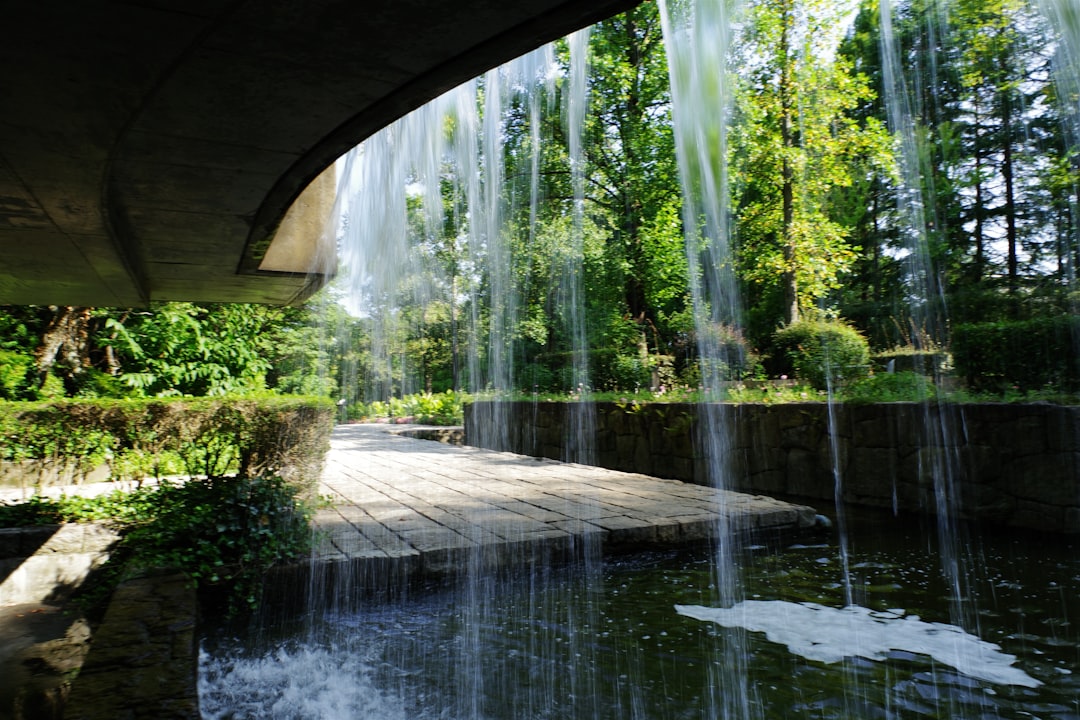Unveiling the Secrets of Yard Soil Care: Tillers vs. Cultivators

When it comes to caring for your yard, especially when dealing with soil, understanding the tools at your disposal is crucial. Two such tools that often come into play are tillers and cultivators. While they may seem similar at first glance, they have distinct differences and are best suited for different tasks.
Tillers are heavy - duty machines designed to break up large areas of soil. They are typically used for initial soil preparation, such as when you are starting a new garden or turning over an old one. The main function of a tiller is to dig deep into the soil, breaking up compacted earth and incorporating organic matter like compost or manure. This process helps to improve soil structure, aeration, and drainage, creating a better environment for plant roots to grow.
There are two main types of tillers: front - tine and rear - tine tillers. Front - tine tillers are generally more lightweight and easier to maneuver. They are suitable for smaller gardens or areas with relatively soft soil. The tines on a front - tine tiller are located in front of the machine, and as they rotate, they pull the tiller forward. Rear - tine tillers, on the other hand, are more powerful. The tines are located at the rear of the machine, and they push the tiller forward. Rear - tine tillers can dig deeper and are better for larger areas and tougher, more compacted soil.
Cultivators, in contrast, are lighter and more versatile tools. They are mainly used for maintaining the soil in an already established garden. Cultivators are great for tasks such as weeding, mixing in fertilizers, and loosening the top layer of soil. They work by gently stirring the soil without disturbing the deeper layers too much. This is important because in an established garden, the roots of existing plants are already growing in the soil, and you don't want to damage them.
There are also different types of cultivators. Manual cultivators are simple hand - held tools that are perfect for small areas or for getting into tight spaces between plants. They are inexpensive and easy to use, making them a popular choice for home gardeners. Electric cultivators are a step up in terms of power. They are lightweight and can be used for medium - sized gardens. Gas - powered cultivators are the most powerful type. They are suitable for larger gardens and can handle more heavy - duty cultivation tasks.
When deciding whether to use a tiller or a cultivator, consider the size of your yard and the condition of the soil. If you are starting a new garden on a large plot of land with hard, compacted soil, a tiller is the way to go. It will save you a lot of time and effort compared to trying to break up the soil by hand. However, if you already have an established garden and just need to do some light maintenance, a cultivator is sufficient.
Proper soil care is essential for a healthy yard. The quality of the soil directly affects the growth and health of your plants. By using the right tool for the job, you can ensure that your soil is in the best possible condition. For example, using a tiller to break up the soil before planting helps to create a loose, fertile environment where plant roots can easily spread and access nutrients and water. On the other hand, using a cultivator to regularly maintain the soil in an established garden helps to keep the soil aerated and free of weeds, which can compete with your plants for resources.
Another important aspect of soil care is soil testing. Before using a tiller or a cultivator, it's a good idea to test your soil. A soil test can tell you the pH level of the soil, as well as the levels of nutrients such as nitrogen, phosphorus, and potassium. Based on the results of the soil test, you can add the appropriate amendments to the soil. For instance, if the soil is too acidic, you can add lime to raise the pH level. If the soil is lacking in nitrogen, you can add a nitrogen - rich fertilizer.
In addition to using the right tools and amending the soil, proper watering and mulching also play a crucial role in soil care. Watering your yard deeply and infrequently helps to encourage deep root growth. Mulching, on the other hand, helps to retain moisture in the soil, suppress weeds, and regulate soil temperature. Organic mulches such as wood chips, straw, or shredded leaves also break down over time, adding organic matter to the soil and further improving its structure.
In conclusion, caring for your yard's soil is a multi - faceted process. Understanding the differences between tillers and cultivators and using them appropriately is an important part of this process. By taking the time to choose the right tool, test your soil, and implement proper watering and mulching techniques, you can create a healthy, thriving yard that you can enjoy for years to come.